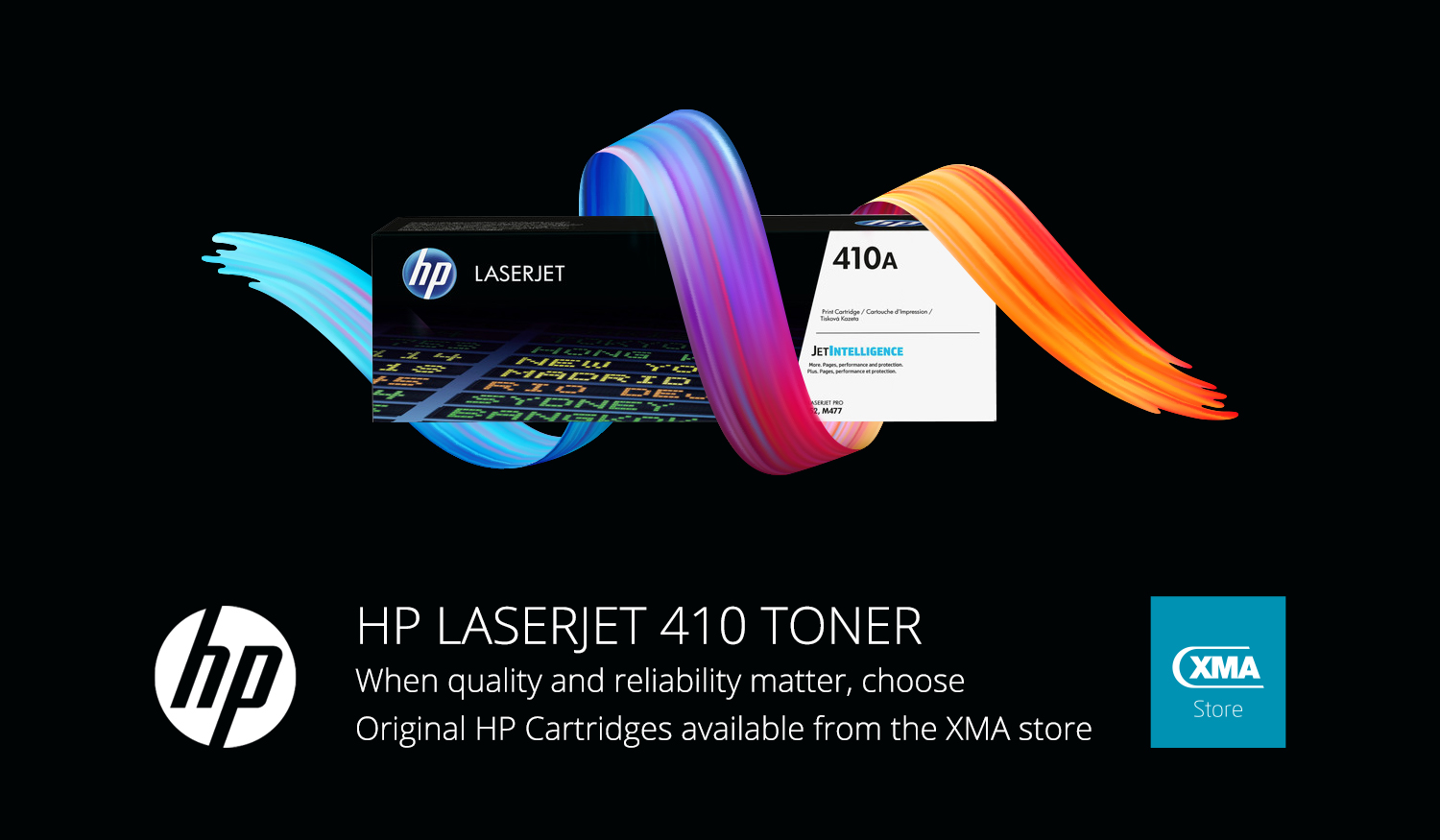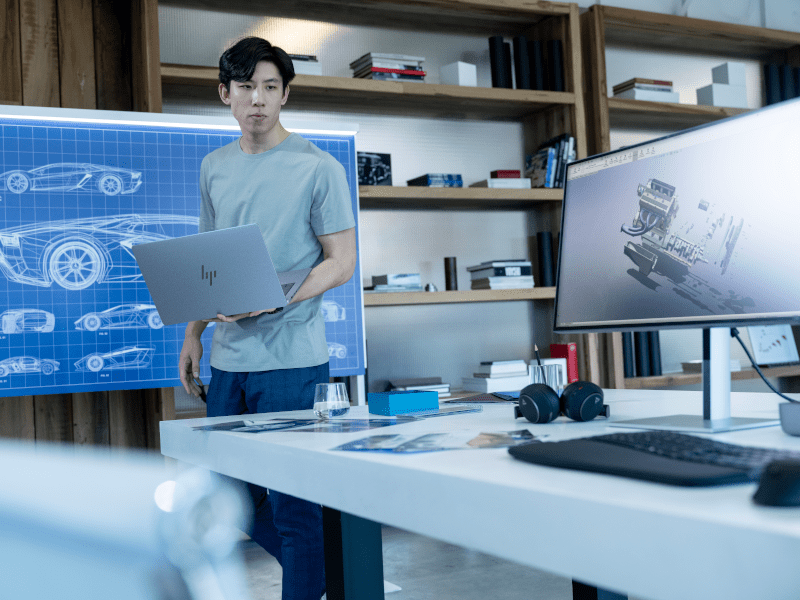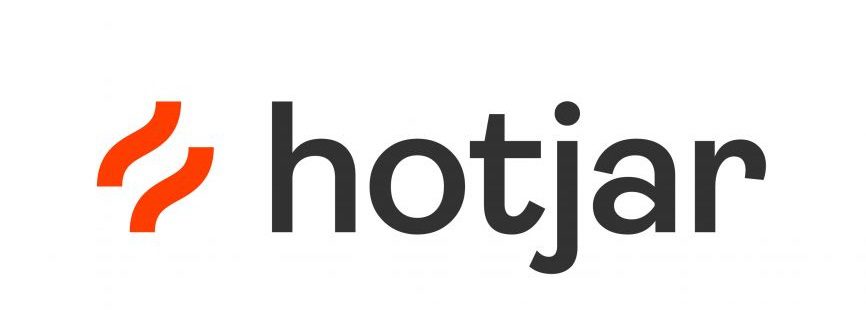No one can deny that 2020 has been a year of change. The COVID-19 pandemic has forced changes in working practises and re-invented our way of life across the world. Technology has emerged as the main contributor in supporting this change. We take a look back at how technology has supported change in 2020.
The growth of video conferencing
The growth of the video conferencing industry has touched the lives of most, whether it be for work video conferences, keeping in touch with your friends and family, or becoming quiz masters via. Zoom! Whilst many industries have sadly seen declining figures this year, the video conferencing industry is by no means in the same situation. In February, when the COVID-19 pandemic was in its infancy, one provider of video conferencing technology saw a surge of 15% of its stock price, and it is predicted by the time the pandemic settles, this provider could potentially double its value.
2020 is said to have been the ‘year of remote working’ with many businesses now making the decision to change their organisational structure to adopt a ‘flexible working’ policy, or some even moving to an entirely remote organisational structure. There are many benefits to this, especially for small businesses who can benefit both financially, and improve their ability to attract and retain talent to drive their businesses forward. Research has demonstrated that 57% of small business will continue to work at home after orders are relaxed by the government. Many of the world’s largest technology employers are also talking about introducing, or building on their remote working models, including Facebook, Twitter and Google. At first, this move feels daunting, however video conferencing technology has allowed organisations to prove that productivity is the same, if not higher when employees work remotely. This technology has provided organisations with the confidence to change and adapt.
In 2018, the global video conferencing market was valued at just over 3 billion dollars. This is estimated to more than double to 6.4 billion dollars by 2026. The use of video conferencing technology in 2020 has been the driver of transformative business decisions, which has already seen many short-term benefits, including productivity, collaboration, flexibility, mental health and well-being and sustainability.
Environmental impacts
Technology adopted during the pandemic has enabled organisations to make changes in their working structure. Not only does this have huge financial and productivity benefits mentioned, but the environment has also seen benefits as a result.
The productivity benefits of working from home centre around the loss of the need to commute. With the average person’s work commute at 60 minutes each way, this has saved on average a staggering 10 hours per week spent mostly in the car, on the train or bus. As a result of this, the European Environment Agency’s data confirms large decreases in air pollutant concentrations, of nitrogen dioxide (NO2) concentrations, largely due to reduced traffic and other activities, especially in major cities under lockdown measures.
The use of technology has demonstrated to employers that their employees can effectively work from anywhere, with best placed technology. In turn, organisations can now contribute to a greener and more sustainable future.
Cyber-security threat
Unfortunately, along with great innovation and change for the better we have seen across 2020, we have inevitably seen a rapid rise in cyber-attacks.
In September, the National Cyber Security Centre (NCSC) issued an alert to Universities and the education sector after seeing a rapid rise in cyber-attacks throughout August. “The NCSC dealt with several ransomware attacks against education establishments in August, which caused varying levels of disruption, depending on the level of security establishments had in place.” A ransomware attack will usually involve the cyber criminals targeting your most valuable data, encrypting the data, and holding your data hostage while they attempt to extort money or information.
As an industry, we have moved on from treating ‘security’ as a single item or product. We must continue to critically examine our security capabilities end to end. Although the increased use of technology remotely may be a contributing factor to the increase in cyber-attacks , it can also be the solution to protect against them. To get advise on what you can do to minimise risk, please see our blog ‘Protection is Power’ .
Preparing for 2021, the year of the ‘New Normal’
It’s rare for businesses and institutions to face huge shifts in working practice. And, on those occasions when a firm chooses to change location, review working practices or update multiple offerings, leadership would usually demand a detailed plan of action and a period of time to execute it. Recent events have – for many businesses – forced unforeseen change. So, where contingency planning hasn’t provided all the answers for your business, how will you create the plan for your new way of working? Terry Chana, our XMA Workspace Solution Director has outlined 4 steps to ‘Navigate the New Normal’.
- Preparing for Business Continuity
- Developing a Digital Capability
- Balancing Innovation and Security
- Reintroducing the Physical Workspace
Having made bold steps into the future, organisations who strengthen their position and continue to ask questions will find their future opens up in a way they may previously have missed. The fact is that many organisations too scared to develop agile solutions in the past will have either leapt to make these changes in haste, or struggled to survive. Having taken those steps to change, now is the time to review, refocus and reinforce – to ensure these changes aren’t short-term fixes but strong, positive developments which will lead to future growth. It’s important we look to the future, and seek opportunities to collaborate with those who can support us going forward.













 Monitoring by Hotjar
Monitoring by Hotjar